Private or Public: Personal Information Sorting Worksheet
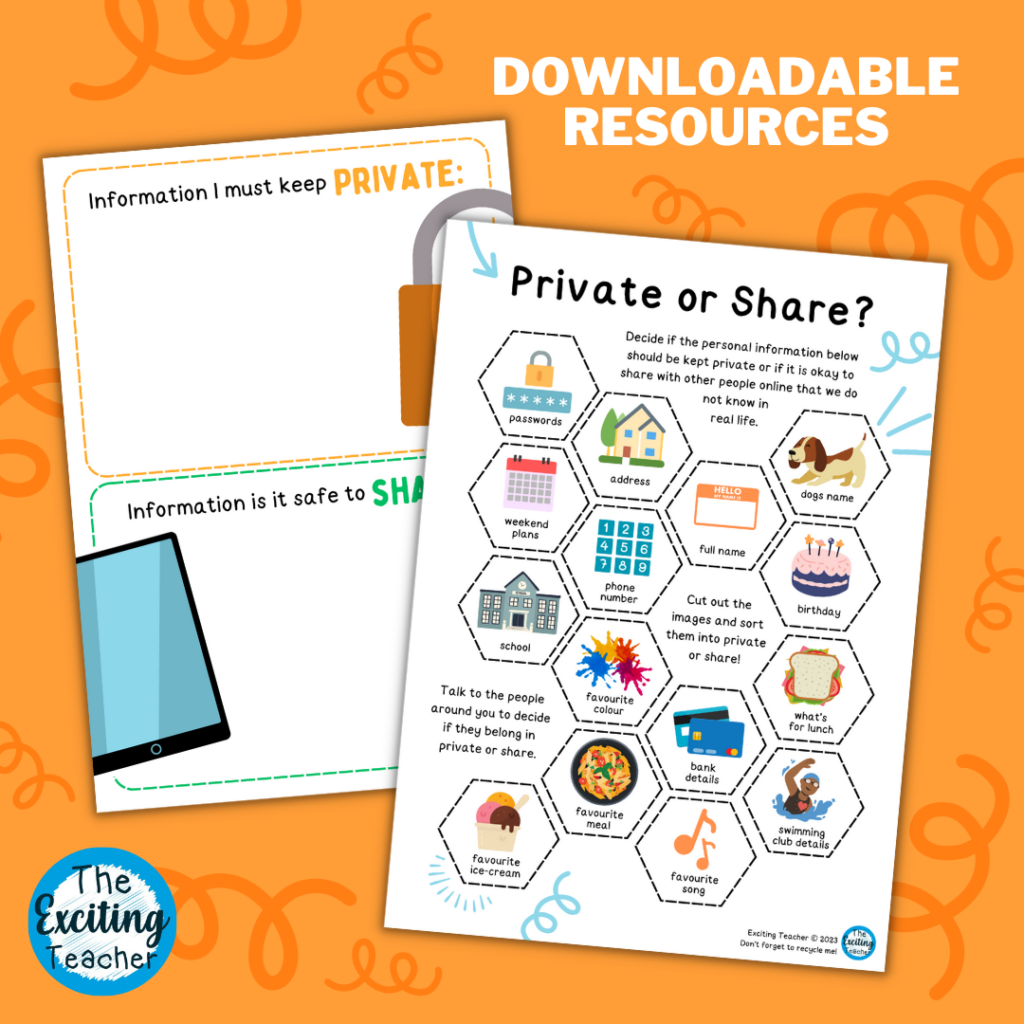
The Internet is a great tool that can help us. However, it is important that children understand the difference between public and private personal information in order to remain safe when using the internet.
This sorting activity encourages children to decide what personal information should be kept private when navigating the online world.
Suitable for KS1 and KS2. It is recommended that this is a guided group-led activity, especially for KS1.
How could this resource be used?
- To support children with identifying how the internet can have both a positive and negative impact on our mental health.
- To support children to determine the difference between private and public personal information.
- To determine what is suitable information to share online and what is not.
- How to seek support when feeling unsafe or uncomfortable online and what to do about it.
Relevant Curriculum Links:
England PSHE – Which statutory PSHE curriculum* objectives does this resource fall into? *in line with the PSHE Association 2021 Statutory Guidance.
- KS1:H19. to recognise when they need help with feelings; that it is important to ask for help with feelings; and how to ask for it.
- KS1: H34. basic rules to keep safe online, including what is meant by personal information and what should be kept private; the importance of telling a trusted adult if they come across something that scares them.
- KS1:R14. that sometimes people may behave differently online, including by pretending to be someone they are not.
- KS1:R19. basic techniques for resisting pressure to do something they don’t want to do and which may make them unsafe.
- KS1: R20. what to do if they feel unsafe or worried for themselves or others; who to ask for help and vocabulary to use when asking for help; importance of keeping trying until they are heard.
- KS1:L7. about how the internet and digital devices can be used safely to find things out and to communicate with others.
- KS1: L8. about the role of the internet in everyday life.
- KS2: H21. to recognise warning signs about mental health and wellbeing and how to seek support for themselves and others.
- KS2:H22. to recognise that anyone can experience mental ill health; that most difficulties can be resolved with help and support; and that it is important to discuss feelings with a trusted adult.
- KS2: H42. about the importance of keeping personal information private; strategies for keeping safe online, including how to manage requests for personal information or images of themselves and others; what to do if frightened or worried by something seen or read online and how to report concerns, inappropriate content and contact.
- KS2: R23. about why someone may behave differently online, including pretending to be someone they are not; strategies for recognising risks, harmful content and contact; how to report concerns.
- KS2:R28. how to recognise pressure from others to do something unsafe or that makes them feel uncomfortable and strategies for managing this.
- KS2: R29. where to get advice and report concerns if worried about their own or someone else’s personal safety (including online).
- KS2: L11. recognise ways in which the internet and social media can be used both positively and negatively.
Scottish Health and Wellbeing Curriculum Outcome(s):
Mental, Emotional, Social and Physical Wellbeing:
- I understand that there are people I can talk to and that there are a number of ways in which I can gain access to practical and emotional support to help me and others in a range of circumstances. HWB 0-03a / HWB 1-03a / HWB 2-03a / HWB 3-03a / HWB 4-03a.
More amazing resources you might like:
- All
- 5 Point Scale
- Affirmations
- Bullying and Anti-Bullying
- Emotions and Feelings
- Families and Close Positive Relationships
- Mindfulness
- PSHE Curriculum
- Physical Health
- Positive Growth Mindset
- Relationships
- Self-Esteem
- Yoga
- Zones of Regulation
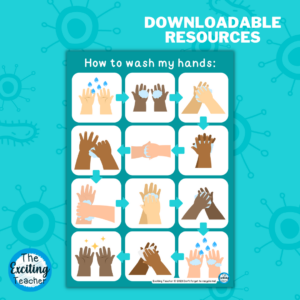
‘How To Wash My Hands’ A4 Hand Hygiene Poster
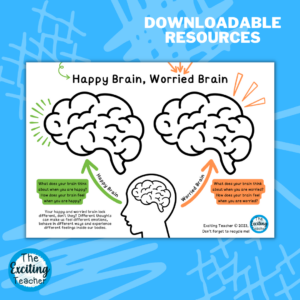
Happy Brain, Worried Brain: Growth Mindset Worksheet

The Scribbles Crew: Fine-Motor Skills Emotions Playdough Mat

Anti-Bullying: Design a Superhero Face Mask

Affirmations Flashcards – Positive Self-Talk for Boosting Self-Esteem (Easter / Spring Themed)

Winter Clothes Doodle Mindful Mark-Making
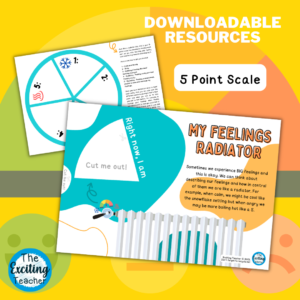
My Feelings Radiator: 5-Point-Scale

Zones of Regulation: Alertness Self-Regulation Lanyard Prompts / Flashcards
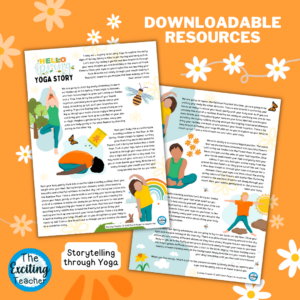
Yoga through Storytelling Spring Edition – Mindfulness Storytime

‘Superstar Award’: Trophy Recognition for a Special Person
Share this resource:
Request a Resource
Want to request or suggest a resource? Pop us a message below and we will see what we can do. We are not able to respond directly to all requests but be rest assured, we are reading them and constantly updating the resource bank accordingly to all your fabulous ideas!
